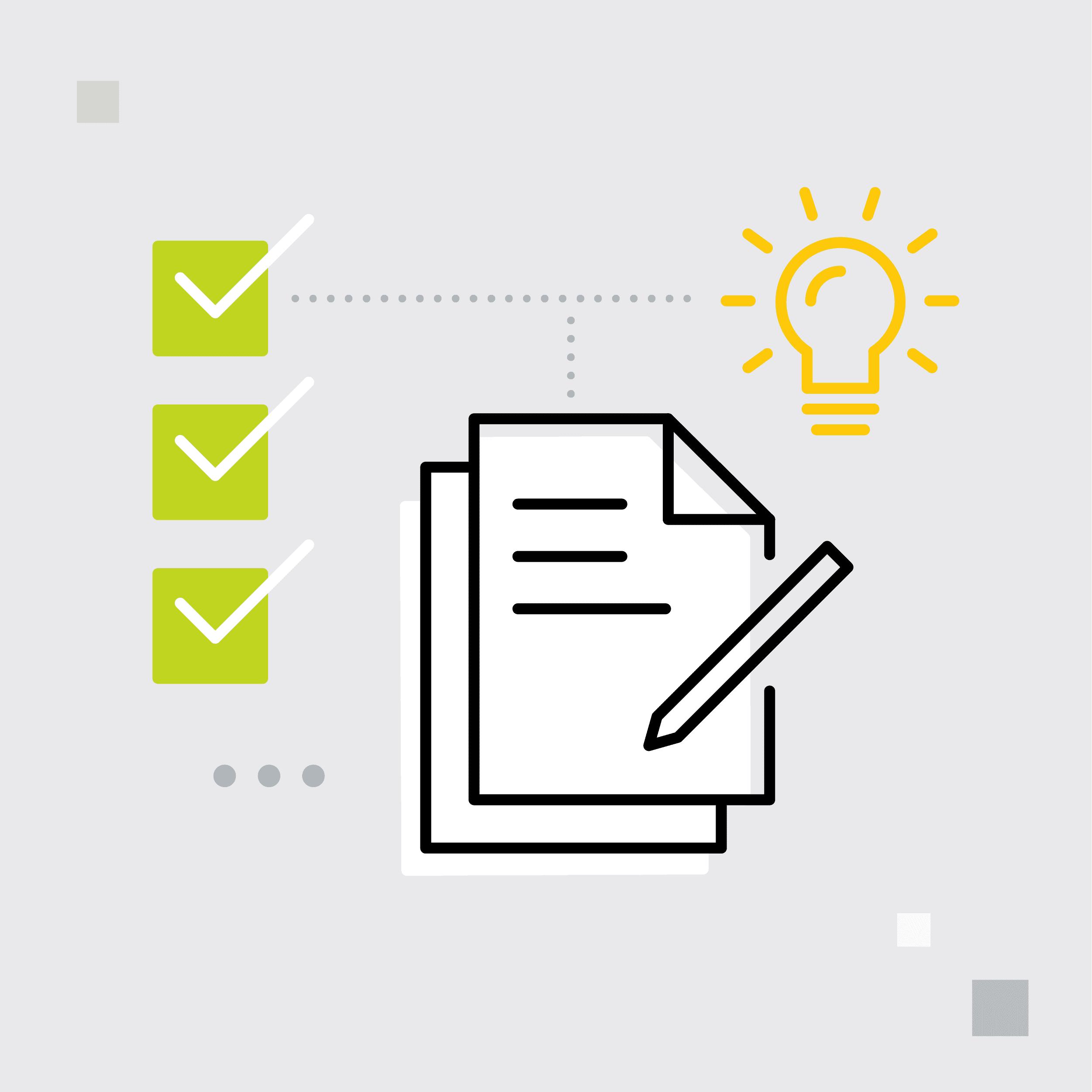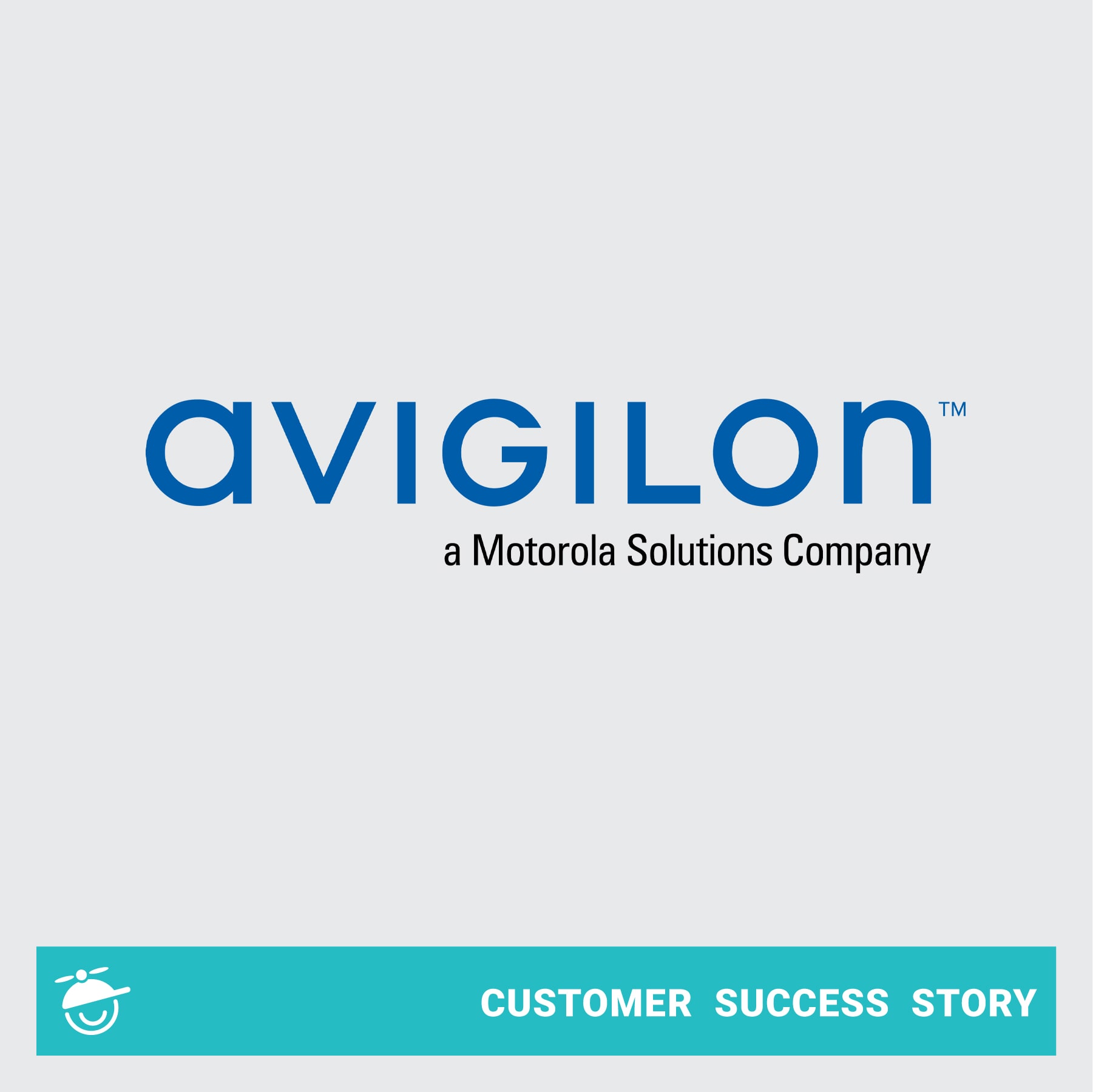Hennah Rahman owns Bay Area Technical Writing Consulting and has extensive experience in life sciences, network management, and cloud computing. She has her MadCap Advanced Developer Certification and specializes in content architecture design and strategy for clients worldwide. Other services include technical writing, CSS and project template design, and Word to MadCap Flare migration.
As a MadCap Flare consultant working for MadSkills, I have had the opportunity to work with Nestlé for a little over two years and implement different collaborative documentation tools for the company. In this time, I have worked on many Microsoft Word to MadCap Flare content migrations. As these requests have increased in volume, the team has recognized the need to change our content development process so that we can be more efficient and achieve our business goals.
As teams develop processes, we look at many factors and limitations to come up with the best content development process we can at a given time. Over time, circumstances can change and we find ourselves in situations where the process is no longer working or we realize that we can and should improve or change the process.
This mindset is what led to one of our initiatives at Nestlé this year. This initiative has a goal to improve our Learning Center content quality and improve our content development process to give our subject matter experts (SMEs) an easier way to update content and give our MadCap Flare designers and authors more time to dedicate to new projects rather than spending the majority of our time on content maintenance.
Where to Begin
We started by looking at what was working and what wasn’t working in our content development process, including micro content creation.
Current Workflow
In our current workflow, SMEs would share Microsoft Word files via email or Microsoft SharePoint for new topics to be added or updated. At times, the SMEs would send these updates in an email with an explanation and images showing what should be updated or added. Although this process was working, SMEs were directly contacting individual Learning Center team members rather than the Project Manager, so there was limited visibility to time being spent on these tasks. As you know, email can sometimes become a bottomless pit so requests were missed occasionally!
In addition to Microsoft Word being used for updates to learning or elearning content, some SMEs were also using MadCap Contributor. This workflow involved SMEs emailing the Learning Center team members to request the MadCap Contributor packages so they could make updates. This approach was helpful since the changes are obvious when the MadCap Contributor package was returned to the Flare author. However, there was a learning curve for the subject matter expert to use a new tool for editing. In addition, in some cases when importing the MadCap Contributor package back into Flare, we ended up overwriting images because the same file names were used. Needless to say, after having that happen, we decided it was not worth the risk.
We were also using MadCap Central, but very sparingly. The lightweight editor, although much easier to learn for content review and contribution, didn’t display all of our Flare styles and at the time, not being able to add images or tables in the review editor was very limiting during the content creation process.
Acrolinx was the other tool that was a part of our learning content development process but was not being used as extensively as we would have liked. Acrolinx in Microsoft Word worked but sometimes making recommended updates changed the meaning of the content or were not applicable due to the type of information being documented. This led to frustrated SMEs who eventually stopped using Acrolinx because they felt that the Acrolinx scores were not improving and the suggestions were not helpful. Acrolinx for Microsoft SharePoint was used very little and from our experience, there were issues with the Acrolinx plug-in for MadCap Flare and Contributor. Acrolinx stopped support for Contributor after version 1.2, and does not plan to add support for Contributor in the future, but still supports Flare.
To understand what was and wasn’t working for our SME’s and Learning Center team, we conducted surveys to get an understanding of where to make the changes to improve the way that we were learning how to write technical documentation and developing content. That data is shared below.
From SME’s Perspective:
|
Solution |
Advantages |
Disadvantages |
|---|---|---|
|
MadCap Central |
|
|
|
MadCap Contributor |
|
|
|
Microsoft Word |
|
|
|
Acrolinx |
|
|
From MadCap Flare Author’s Perspective:
|
Solution |
Advantages |
Disadvantages |
|---|---|---|
|
MadCap Central |
|
|
|
MadCap Contributor |
|
|
|
Microsoft Word |
|
|
|
Acrolinx |
|
|
Lessons Learned
Based on feedback from our subject matter expert reviewers, it was clear that MadCap Contributor should be removed from our content development process to improve our content strategy. That left us two options: MadCap Central and Microsoft Word. The Learning Center team discussed each of these options and decided that we would put forth the initial time and effort required to make MadCap Central a more robust review option. We would use Microsoft Word as needed but would encourage our SMEs to use the MadCap Central approach because it would take less time to complete updates and therefore, be more cost-effective. We decided to simplify our CSS styles where possible to use fewer divs that could potentially also help with our Word content imports.
Next Steps
In the coming weeks, the Learning Center team is reviewing how our current topic page templates are displayed in MadCap Central. We plan to change existing styles or create new CSS styles in Flare so that the styling appears correctly in MadCap Central and is simplified. The goal is that the simplified styles will make content updates easier and more manageable for our SMEs and reduce cleanup for the Learning Center team. The addition of table and image support in the latest release of MadCap Central was a huge bonus for us. We will need to upgrade to Flare 2021 to take advantage of the support for images in MadCap Central, but we feel that this feature is worth it. We can’t wait to use this much awaited feature and simplify our workflow even more!
Read More: What Is Topic-Based Authoring?
In parallel, the Learning Center team is working with the SMEs to define Acrolinx profiles customized to each Learning Center based on the type of content they produce. This process should help the SMEs be more engaged and see the value in running Acrolinx and making the recommended changes. To enable Acrolinx reviews for the MadCap Central topics, we plan to request all our SMEs to install the Acrolinx Chrome Extension plug-in.
In addition, the Learning Center team is researching different tools to automate the topic update request and new topic request process. This approach will allow us to track content update requests and time spent on these requests. Ideally, this will also simplify the process for our SMEs so they can quickly and easily request pages to be updated in MadCap Central content management platform.
As we define, test and finalize each of these aspects of our new content development process, we plan to document these processes and share them with our SMEs.
Conclusion
In conclusion, we found reviewing our content development process to be a worthwhile effort and look forward to seeing how these improvements will increase our content quality for learners, boost our productivity and decrease our project costs.









